3 Famous Indian Weddings
May 04, 2019 • 165 views
India is known across the world for many things like culture, festivals, spirituality, population and Indian weddings. In India there are the peoples with different cultures, cast and communities. And all have their different wedding style.But all these peoples have almost same functions in wedding.
1) Hindu wedding:-
Marriages, according to Hindu beliefs are made in heaven, and once you are married, the bond is supposed to last for seven lifetimes. It is considered to be a turning point in an individual’s life.
Functions in Hindu wedding:-
·Mehendi:-
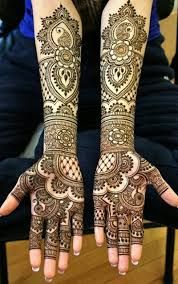
Mehendiis mostly a Indian tradition where a paste of henna is applied on the bride’s hands. For the bride the designs are intricate, elaborate and artistic. Women in the family gathers and get henna designs applied to their hands as well.
·Sangeet ceremony:-

The Sangeet is a fun-filled ceremony where both the families get together to perform song-dance routines, and get to know each other better.
Haldi:-
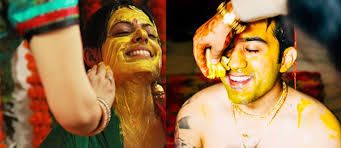
The Haldi ceremony is a very common ritual among almost all communities in India. Turmeric is ground to a paste along with other ingredients that vary from culture to culture. This paste in applied to both the bride’s and groom at their respective places by women elderly members of their families before they are washed by sacred water.
·Saptapadi or the Seven Sacred Vows:-
The final most important ritual in a Hindu Wedding is the Saptapadi or the Seven Sacred Vows.

They reiterate the aspirations of their married life as each step signifies a specific promise that the couple make to each other which are as follows –
First step: To respect and honor each other
Second step: To share each other’s joy and sorrow
Third step: To trust and be loyal to each other
Fourth step: To cultivate appreciation for knowledge, values, sacrifice and service
Fifth step: To appreciate purity of emotions, love, family duties and spiritual growth
Sixth step: To follow principles of Dharma
Seventh step: To nurture an eternal bond of friendship and love
On completion of this ritual the marriage is concluded and the couple seeks blessings from elders of the families.
2)Muslim Weddings:-
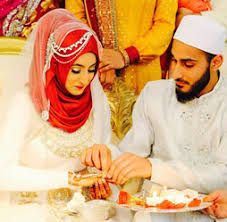
Islam is one of the prominent religions in the world with over 1.6 billion zealous followers of the religion. Wedding is an integral part of Islamic culture and are mandated by the Holy Quran as one of the primary duties of a Muslim. It enables a Muslim to preserve and multiply Islam through his family and future generations. Muslim Wedding traditions vary greatly based on countries and regions, but at its heart, the ‘Nikah’ ceremony remains the same. In India, more than 172 million people follow traditional Islamic wedding rituals.
The functions of Muslim weddings are:-
·Manjha Ceremony:-

Similar to the haldi ceremony in Hindu weddings, during this ritual the bride wears yellow attire and is smeared with turmeric paste sent by her would be in-laws. The ceremony is followed by a lot of singing, dancing, and celebrations. Traditionally after Manjha, the bride and the groom are not supposed to step out of their respective houses until the big day.
·Mehendi:-

This ceremony is done a day or two before the wedding day. The hands and feet of the bride are adorned with henna and the initials of the groom are hidden in the design.Beautiful mehndi designsare weaved on the bride's hands.
·The Nikah :-

This is the main wedding ceremony among Muslims throughout the country. The couple sits in the presence of a priest and there is curtain between the groom and the bride so that they can’t see each other. And some verses from the holy Quran are read by the priest. Both the bride and the groom are required to agree to the marriage and sign the binding contract.
3) ChristianWeddings:-
Our idea of a typical Christian wedding revolves around frothy white dresses, tons of flowers, and cute flower girls. Subtle and elegant but the scenario is a little different as far as Christian weddings in India. Although the basic essence of the rituals is the same as that of a traditional Christian wedding. Indian Christian weddings are quite distinct from what we imagine.
The functions are:-
·Bridal Shower:-

The bride’s relatives throw her a bridal shower. Mostly young cousins and friends of the bride decide on a day and take the bride out for a merry night. They often host a party where they play a number of games, shower the bride with gifts that she might find useful in her upcoming conjugal life and encourage her to sing and dance to her heart’s content. It is a tradition for the bride to have a pink cake served to her companions where she has hidden a silver thimble.
·Bachelor Party:-

It generally takes place a day before the wedding. The concept is for the groom to enjoy his last day as a bachelor. It may be a party where women are strictly not allowed and men of the family strengthen their male bonding. It is becoming more and more popular to arrange for an away trip for the bachelor in weeks prior to the wedding.
·Roce Ceremony:-

This is sort of an anointing ceremony that takes place in some of the Indian Christian communities like that from Goa or Konkan. It is similar to the Haldi ceremony of the Hindu weddings and takes place on the eve of the wedding day. It involves the bride and the groom taking a ritualistic bath in their respective homes.
·Wedding Rituals:-
This is divided into 3 parts, which are ..
Welcoming of the Bride:-
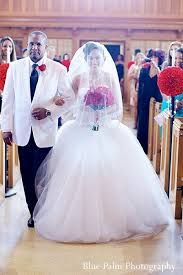
All guest welcome the bride to the church.
2. The Wedding Mass:-
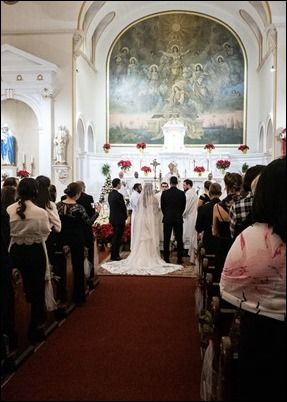
During the mass, prayers and hymns are performed by the priest.
3. The Wedding Vows:-
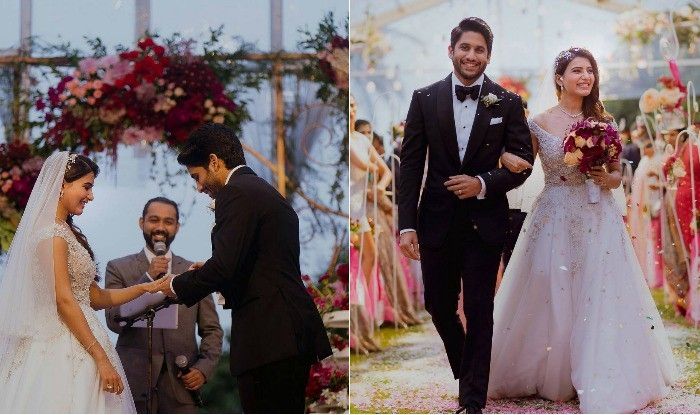
The bride and groom then are asked to utter the vows of marriage. In India, the vows are mostly decided by the priest and the couple just utters them after him. They essentially promise each other that they will be by each other’s side through all phases of life till death do them part. Then they exchange their rings and groom kiss the bride.
These are the 3 different and famous weddings of India.
